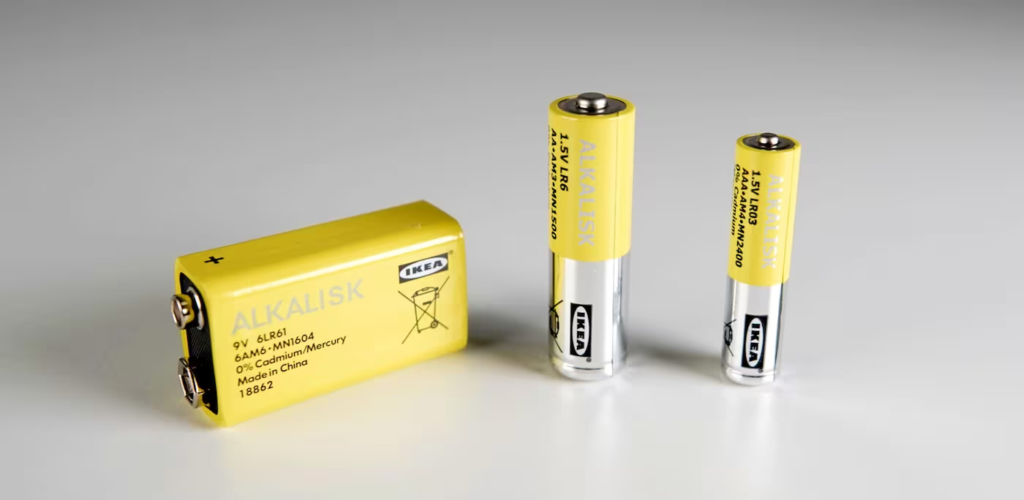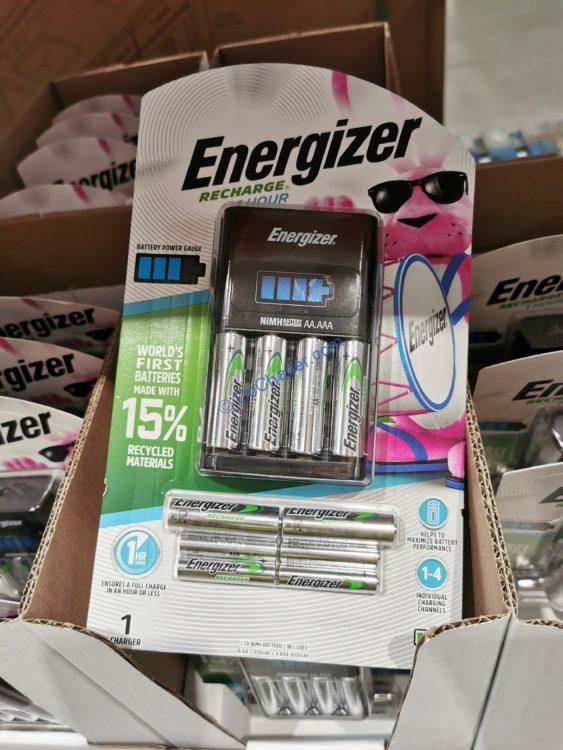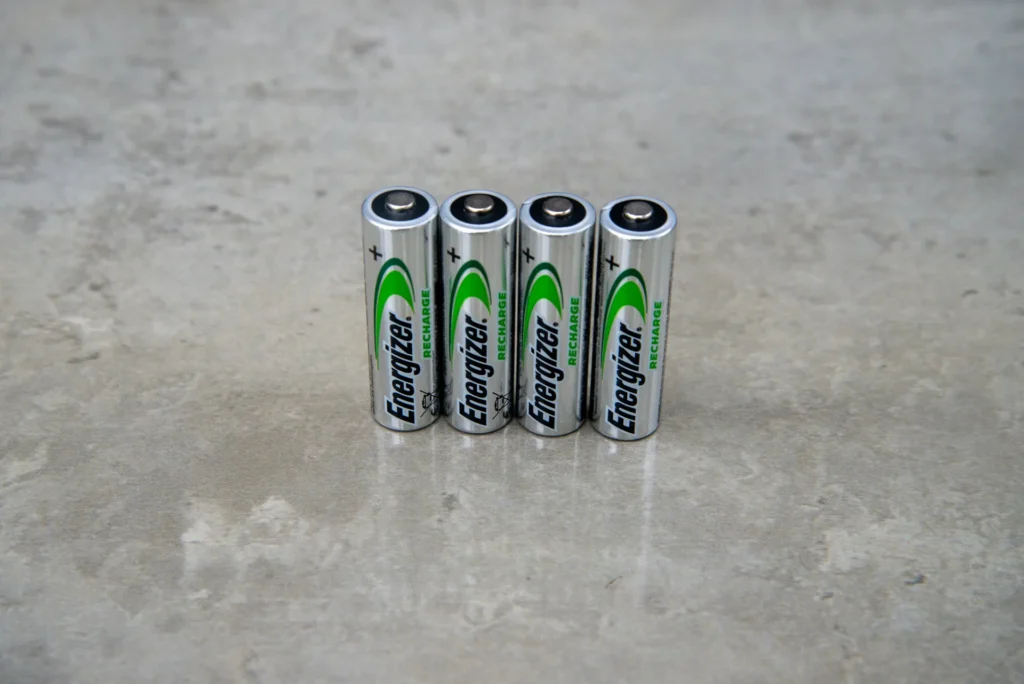In the context of today’s discussion, we discuss a topic of utmost simplicity and yet profound importance – the choice between rechargeable and disposable batteries and the circumstances that guide our decision. This article focuses primarily on the often-overlooked pencil batteries, specifically AA and AAA batteries. In our modern, technology-driven world, batteries play an indispensable role, powering a wide variety of devices, from remote controls to digital cameras. The decision to choose rechargeable or disposable batteries may seem straightforward, but it is a choice fraught with economic and environmental consequences.
Also Read: History Of Camera: Word’s First Camera to Smartphone Camera

Disposable or Rechargeable: Which Option Offers Better Value?
At first glance, it becomes clear that disposable or non-rechargeable batteries offer the initial allure of affordability, with prices ranging from a modest ₹6 to ₹10-20, depending on the specific battery variant. In stark contrast, rechargeable batteries present themselves as a more luxurious option. A better-grade rechargeable cell, with the expected acquisition of a compatible charger, starts its journey in the price range of ₹200-1000. Yet, a closer examination of the scenario reveals that the true measure of value lies in the long-term perspective.

In scenarios with minimal power consumption, as examples such as wall clocks and remote controls show, the lasting longevity of non-rechargeable batteries becomes an undeniable advantage. These batteries can extend the passage of time brilliantly, operating faithfully for periods ranging from six months to a full year on the power of a single battery change.
However, when it comes to devices that are extremely power-hungry, including wireless mice and keyboards, gamepads, Xbox and PS4 controllers, beloved toys, and trusty digital cameras, relying on non-rechargeable batteries may prove to be a short-term solution. Under their demanding influence, these batteries often drain within a month or sometimes even less depending on your usage patterns. With frequent, energy-consuming use, the inevitable need to replace batteries becomes a permanent and costly cycle, further exacerbating the problem of electronic waste and its harmful impact on our environment.
Which Option Offers Superior Battery Longevity?
Adoption of rechargeable batteries may require a slightly higher upfront investment, but therein lies the essence of its economic wisdom. After just 10 to 12 recharging cycles, the discerning user will quickly realize a lucrative financial benefit over repeated, budget-draining purchases of disposable alternatives. Rechargeable batteries promise to be regenerated from 100 to an astonishing 1000 times, a lasting testament to their enduring value. As you look at this evergreen investment, the growing nest egg of savings becomes apparent, proof of your wise and sustainable choice. Nevertheless, for high-powered devices that consume a lot of energy, it is imperative to choose top-tier non-rechargeable batteries from reputed brands, even if they cost ₹10 or more. The essence of quality and performance in this context goes beyond mere cost considerations, promising reliable and efficient power delivery to your invaluable devices.

Rechargeable Batteries = Better Gadget Performance
Rechargeable batteries offer an attractive advantage – the freedom to charge them at your convenience, without the need to wait for them to drain completely. This subtle but important feature becomes especially evident in high-power-consuming devices, where even the slightest drop in battery power can cause operational disruptions. It is a common experience for a device to stumble or fail due to a partially drained battery. With rechargeable batteries, this problem becomes a thing of the past. You have the freedom to rejuvenate them whenever required, ensuring uninterrupted functionality without the inconvenience of waiting for complete discharge. This is a testament to the convenience and efficiency that rechargeable batteries bring to our everyday lives.
Rechargeable Batteries Takes Forever to Charge!
It’s understandable that a common misconception exists, suggesting that rechargeable batteries are not quite the epitome of convenience due to their charging time. However, in the ever-evolving realm of battery technology, the pace of change is remarkable. With the advent of cutting-edge batteries and chargers, the scenario has been dramatically transformed. Present-day chargers exhibit an impressive capability to revitalize batteries in a mere 4 to 5 hours. No longer are we tethered to the antiquated notion of waiting an entire day for a recharge. The marvel of modern battery charging has ushered in a new era of expediency, ensuring that you’re swiftly back in action.

Discharge Current is Important
In the field of non-rechargeable batteries, another important factor to take into account is the discharge current of the battery. Batteries at the lower end of the price spectrum, which typically cost between ₹5 to ₹10, exhibit lower discharge current. This feature, while sufficient for low-power consumption devices, may prove inadequate for high-power-consumption devices. In such scenarios, it is strongly recommended to select better quality batteries from well-known brands like Duracell, Energizer etc. These premium batteries are engineered to deliver more consistent and robust performance, ensuring that your high-demand electronic devices operate seamlessly and efficiently. Obviously for the immersive experience you have to spend more so if we add all the costs of a non-rechargeable battery for a single high-power demanding device then it would be way more to buy a rechargeable battery so it would be a better idea to invest on a rechargeable battery. It would be a one-time investment.

Are Rechargeable More Eco-Friendly?
Rechargeable batteries carry with them a distinct eco-friendly edge. According to findings from the Environmental Protection Agency, billions of non-rechargeable batteries are disposed of annually in the United States, most of them are alkaline batteries. The consequences of this staggering disposal rate extend to the pollution of our precious soil and water resources, as these batteries release harmful chemicals into the environment. It is worth noting that in previous eras, non-rechargeable batteries were spoiled by the presence of mercury, a substance with high toxicity. Nevertheless, a significant change occurred in the 1990s, resulting in the removal of mercury from their composition. Although this amendment represents significant progress toward environmental protection, it is important to recognize that non-rechargeable batteries still retain some ecological risks that warrant our attention.
Don’t Miss: What Is WiFi Calling And What are the Advantages?
Rechargeable batteries have a lasting quality that allows them to last brilliantly for a period of 1 to 2 years even after rigorous and demanding use. A notable feature of these batteries lies in their eco-friendliness, as they use less harmful materials in their manufacturing. What sets them apart as examples of sustainability is their ability to be reborn through recycling, a practice that has the potential to substantially reduce the burden of electronic waste. In light of these qualities, it is my firm belief that, in most situations, rechargeable batteries emerge as the leading choice for those who prioritize both longevity and environmental stewardship.
